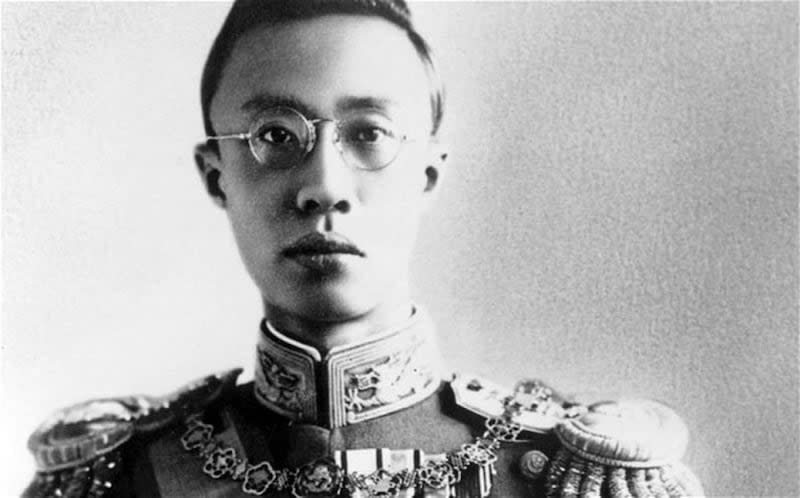A look back at local, national and world events through Deseret News archives.
On Oct. 10, 1911, Chinese revolutionaries launched an uprising that led to the collapse of the Qing (or Manchu) Dynasty and the establishment of the Republic of China.
The Wuchang Uprising was an armed rebellion against the ruling Qing dynasty that took place in Wuchang on Oct. 10, 1911, beginning the Xinhai Revolution that successfully overthrew China’s last imperial dynasty.
The revolt was front page news in the Deseret News.
Founded in 1644 by a northeast Asian people who called themselves Manchus, their culture, language and identity was distinct from the Chinese population, whom they conquered in 1644 when China was weakened by internal rebellions. Accounts say Manchu rule did not completely uproot the government of China or its social and cultural life; instead, Manchu rulers selectively continued and adapted aspects of Chinese life they admired.
The Manchu rulers modeled many of their government practices on those of the previous Chinese Ming dynasty (1368–1644).
Americans were aware in the early 1900s of the changing political structure in China, and have been exposed to cultural appreciations of the culture. By Jan. 1, 1912, the Chinese people proclaimed a free republic. Among other political objectives, the Chinese hoped at last to be able to stand up to other world powers as an equal among nations.
Here are some stories from Deseret News archives on the Qing and Ming dynasties and the political path of China through the years:
“This week in history: The establishment of the Chinese Republic”
“In China, looking to past, preparing for future”
“Previously ‘hidden’ Ming and Qing art on view”
“‘Madame Mao’ rewrites history”
“Visiting the Celestial Empire — our trip to China”
“Lives of China’s emperors — in art”
“Personal look at China history”
“Key events in history of Hong Kong”
“China compiles its own Wikipedia, but public can’t edit it”









